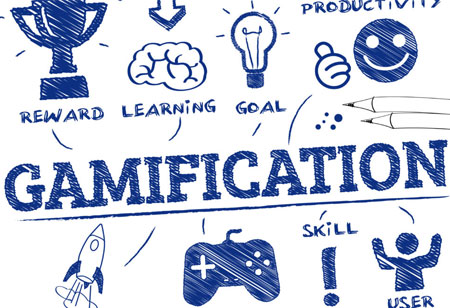THANK YOU FOR SUBSCRIBING
Lesser-Known Benefits of Gamification
Although gamification at work is gaining more and more popularity in the world of business, there are still some companies that identify it as a simple tool, leveraging competitiveness to encourage employees.

By
Apac CIOOutlook | Wednesday, July 24, 2019
Stay ahead of the industry with exclusive feature stories on the top companies, expert insights and the latest news delivered straight to your inbox. Subscribe today.
Although gamification at work is gaining more and more popularity in the world of business, there are still some companies that identify it as a simple tool, leveraging competitiveness to encourage employees. This is both a flawed perception of gamification and of digital motivation as they are much more than what they appear to be.
FREMONT, CA: The thrilling field of company gamification takes a different approach to employee motivation, explaining that offering employees points and badges to create a lasting impact is not enough. The reason behind is that the mechanics are based on exterior motivation within employees, the type that is not as sustainable and efficient as intrinsic motivation.
Besides, Gamification can also be used to influence a company's culture, communication, and performance management. Here are some lesser-known advantages of gamification:
Neutrality:
The implementation of gamification is a shift to permanent and automatic data collection regarding sales reps productivity rates, call center employees handling times, and internal knowledge usage rates. For the first time, companies can paint an objective picture concerning their operations, meaning which the employee ratings have no attachments with anything else but real, hard data.
Easier Task for Manager:
Objective data is like a blessing for managers as it provides them with an unbiased and accurate way of looking at their employee performances and eliminating the need for assumptions.
Comments:
Gamification is considered a convenient method for employees to receive constant, updated, and automatic feedbacks with the help of leaderboards. Employees get to see how they are performing compared to other competitors and teams in the organization. It also them to revert to the leaderboard whenever necessary and bring higher results and productivity.
Identification:
Workplace status is an essential factor for employees, or in other words, it is necessary to recognize a worker for carrying out an exceptional job by their managers. Gamification aids in observing and distinguishing between those performing well, making progress, drifting off, and in high need of a wake-up call. Being able to carry these out automatically by making it easier for managers, gamification brings real beauty to it.
Improvement:
Improvement or mastery is a primary reason why the human race has always been inclined toward playing games. The possibility of developing a specific skill is one of the most significant aspects of achievement and well-being in the workplace. Gamification permits the employees to learn new things, and observe how they are transforming tasks into much more accessible ways.





